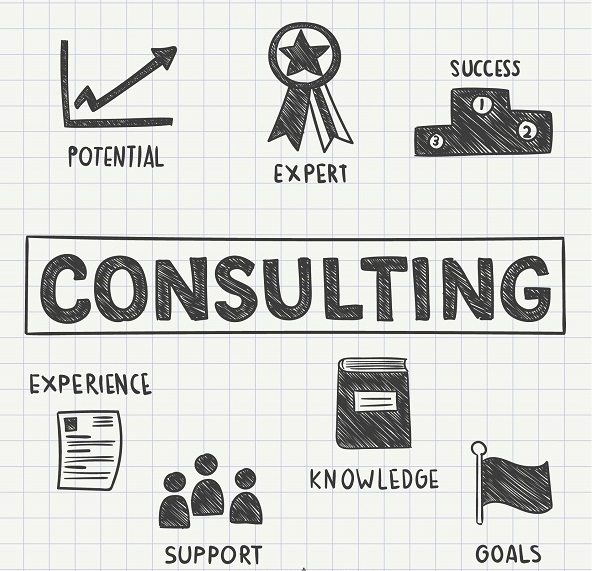Some years ago, I spent time on a consulting project only to learn that management consulting is only a small vertical in an otherwise broad Professional Services industry; which includes accounting, legal services, advertising and IT consulting.
To help Professional Services Organizations achieve the vision of a lean organization, workplace automation is an important factor. Talent management in a PSO is unique in comparison to other businesses and initiatives to manage the workforce are clubbed under the popular term – Professional Services Automation (PSA).
PSA is software designed to assist service professionals (lawyers, auditors, IT consultants and others) with project management and resource management for their client projects.
PSA systems have evolved from basic timesheet systems to more integrated software suites that work well with Customer Relationship Management (CRM) and accounting systems.
5 Core Processes under Professional Services Automation
Teams in PSOs are typically slotted into a matrix-type organizational structure. Here, you can organize individuals into teams that work on specific projects.
People may often have more than one manager to report to, if they work on multiple projects concurrently.
To successfully manage these projects and people, PSOs need to take care of five core processes:
Project Management
Since PSOs are all about the delivery of client projects, project management is the first level of automation that it should look to achieve. Employees and managers need to be able to create projects and tasks, manage schedules as well as edit them as the project progresses.
Most of the consultants work at client locations, and hence it is important to deliver these project management capabilities on mobile, or at least the web. And isn’t management of these details on excel is SO 1990s, anyway?
Resource Management
While the project team is in the process of being built, you need to know who are the best people for the job and also if they are available for the project. You may want to compare workers for a project by experience, qualifications & location.
An overview of the past projects that the employee has worked on and their ability to deliver results can be captured, in project-wise performance appraisals. This can help you select the right people for the job.
Time and Expense Management
A PSO typically bills its customers on the hours put in by the team of consultants, and their food & lodging expenses. So naturally, it is important to know this number down to the last detail, to share transparently with the client and thus build trust. It also helps improve your processes that, in turn, increase your company’s PROFITABILITY.
The right PSA tool should allow you to track billable and non-billable hours and make it possible to drill-down and understand how time was spent across projects.
Reporting and Analysis
Employee and project level data, listed above, tends to be a huge gold-mine for a mid-market professional services organization. Usage of the right set of tools to analyze the data can generate helpful dashboards for your managers.
You can ensure that they have all the information that they need, when the need arises to make decisions. Reports on excel are a good tool for small companies, but as the company grows bigger, to sieve through large volumes of data can turn into a chore for your team. This is where you need modern tools to help you take care of the situation.
Workforce Planning
At a macro level, managers look to recruit new people and train them for the job. Knowledge of the current talent pool, which you can sort by skills and competency levels, can help you identify gaps therein. This can inform your recruitment and learning development strategies.
Today, professional services is a $1.4 Trillion industry, which comprises of ~770,000 firms and employs over 7.7 million people. It has grown 22% over the past 5 years, and 2014 has been called the Goldilocks year, by the Services Performance Insight LLC.
It was interesting to note that in the Professional Services Maturity Benchmark report (2015), Professional Services Organizations (PSOs) did experience increase in billable utilization and percentage workforce that is billable. This implies significant improvements in revenue per consultant and revenue per employee and an increase in focus to make the organization lean which involves doing away with many of the support operations.
The dynamic world of PSOs is awash with excitement and growth. And I’m keen to help you mature your current software portfolio to make the organization lean and bring in more profit.
What software you currently use to automate your business and what gaps they present?












